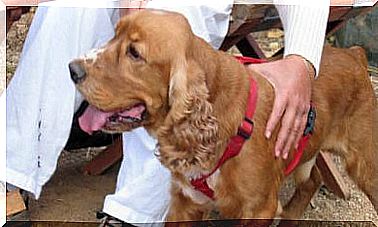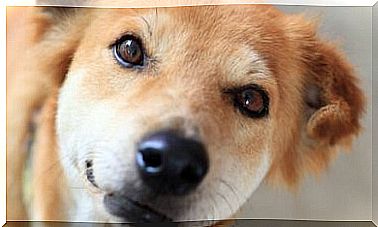Five Tips For Camping With A Dog
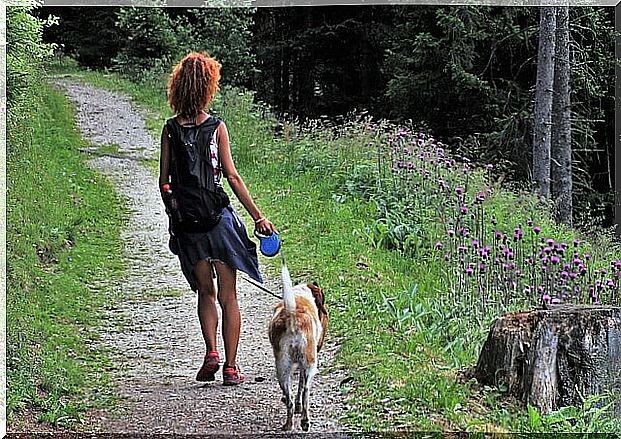
A good option for this summer is to go camping, and if you can also share it with your dog, the holidays improve. Camping can be cheaper and more relaxed than sightseeing or going to the crowded beaches during the summer season, and the best thing is that it is possible to take your pet with you.
How can you camp with your dog?
In general terms, there are two main types of camping: wild camping and campsites. On the other hand, there is the practice of bivouac, which is sleeping outdoors without a tent, an experience suitable only for the most adventurous.
Currently in Spain, as a general rule, free camping is prohibited, with exceptions in certain areas enabled as ‘controlled camping’ by the town councils of the corresponding municipalities, and subject to the regulations of the autonomous community.
The free camping spots are limited, and you have to make sure you are in one of them so that the practice is 100% legal. If you decide to do this type of camping and you want the pet to accompany you there will be no problem, since you do not have to go to any establishment: you will be in the middle of nature next to the dog.
Here are some helpful tips to keep in mind when deciding to go camping with a dog. Do not miss them if you do not want to leave your pet at home during this vacation.
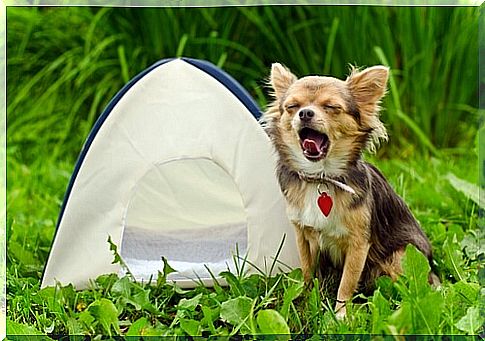
1. Make sure the campsite accepts pets
Not all campsites accept pets. This possibility is subject to the rules of the establishment, so the most sensible thing is to ask before reserving the bungalow, cabin, villa, etc. The same happens with hotels, beaches, rural houses or any tourist place.
You will also have to take into account the accommodation conditions, as some campsites that accept pets have certain restrictions (by number of animals or size) or supplements that may be applied to the rate.
2. Before traveling, protect your dog against parasites and diseases
This advice can be applied to any trip you take with your pet. Before traveling, especially to a natural environment, check that all your pet’s vaccinations are up to date, as well as external and internal deworming. Prevention is always the best option.
Remember that you must protect your dog against internal parasites every three months by means of an oral antiparasitic, and externally by applying specific pipettes or collars against fleas, ticks and mosquitoes.
Take the vaccination card with you in case you need to show that the animal is protected against any disease that is mandatory in the autonomous community to which you travel. In addition, this document shows that you are the legal guardian of the pet.
3. Prepare your pet’s ‘suitcase’
Make a list with everything you may need on your trip: sufficient quantity of food, accessories for a walk, drinking bowl, feeder, toys, prizes, beds, seat belts to travel by car or carrier if necessary.
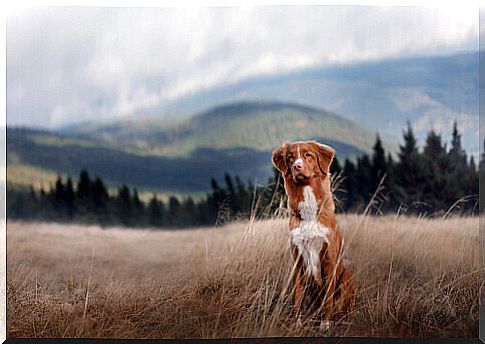
4. Do not leave a sign of your presence
Even if you are in the middle of nature, remove the urine with water and use bags to collect your dog’s excrement to respect other campers. This practice is much more ecological if, in addition, the bags are recyclable. Keep an eye on your pet and don’t let him roam the campsite or disturb other people. Do not leave any waste either: remember that nature belongs to everyone.
5. Take care of your pet
Outside the home, it is more difficult to keep track of the hours of rest, meals, walks and other routine behaviors. Holidays are to disconnect, but do not neglect the needs of your pet. Give him a few hours of rest, play, and food. Do not forget the water, very important after physical effort or to withstand the hot hours.
As we have seen, camping with the pet is an educational and stimulating activity for the tutor and the animal if it is done in the correct way. This option will always be better than leaving the dog alone at home, and it will strengthen your emotional bond.


